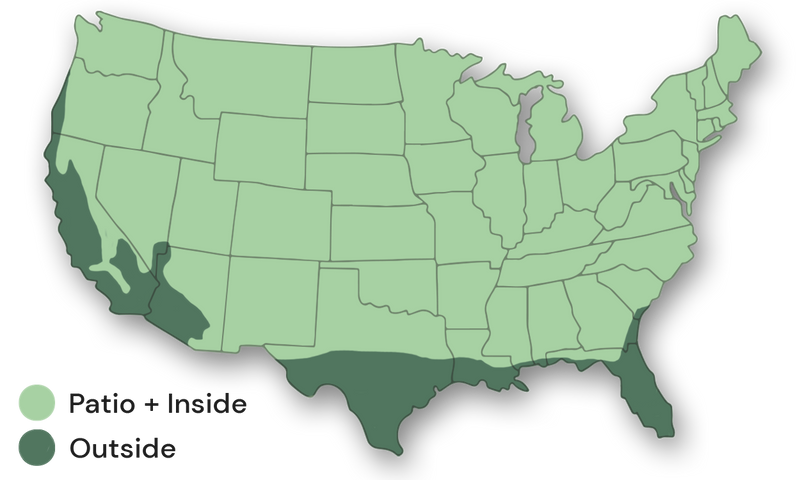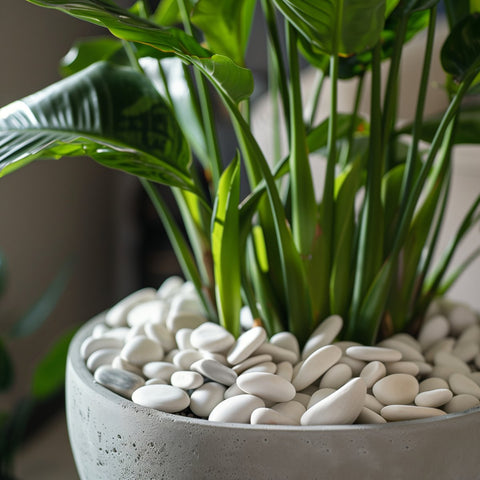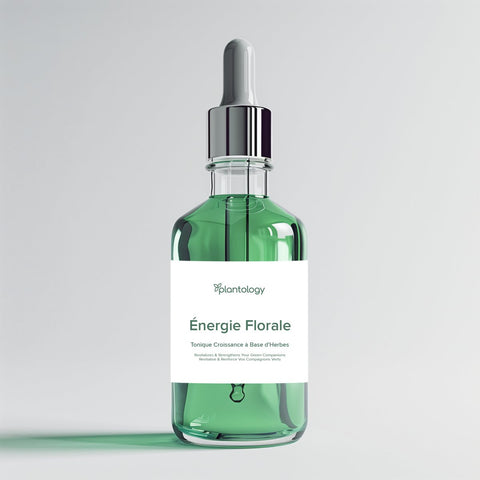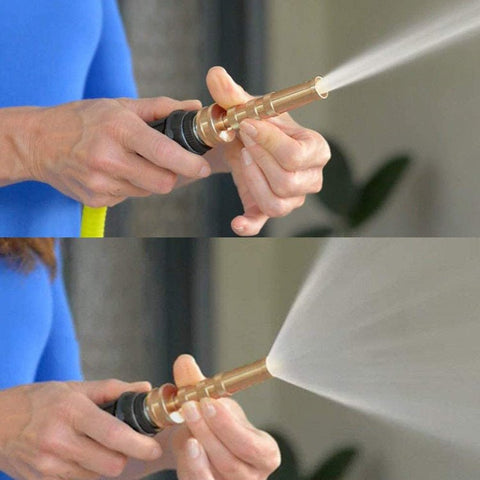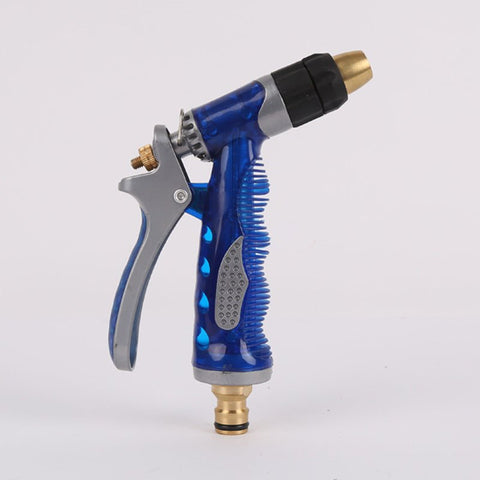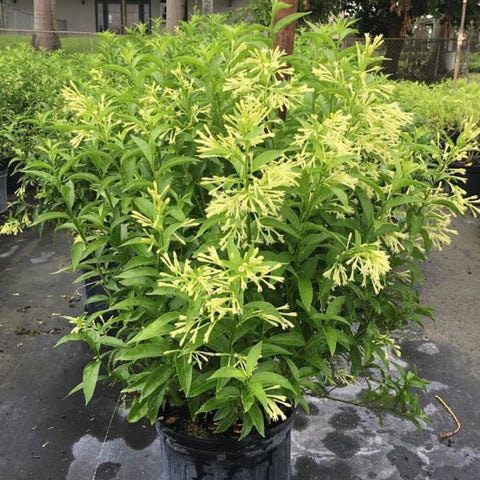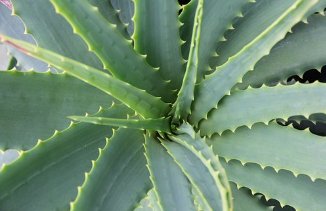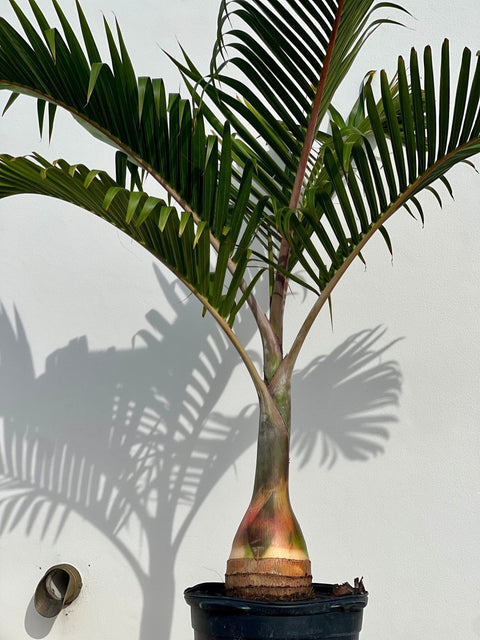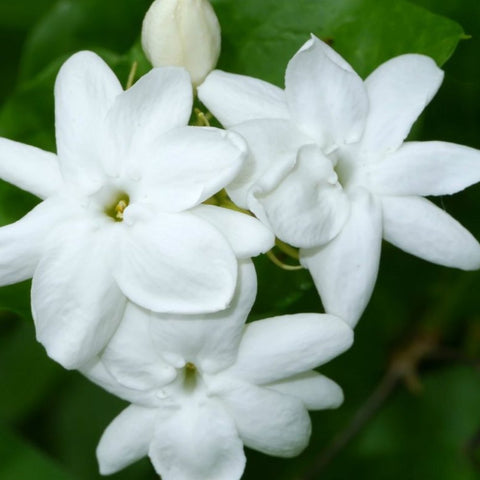Overview
Mahoe (Hibiscus tiliaceus), commonly known as Sea Hibiscus, thrives indoors with bright, indirect light. It adapts to lower light levels but may slow its growth. Plant it in well-draining soil with pot drainage holes to prevent waterlogged roots.
Care Tips
Mahoe is relatively low-maintenance. Keep the soil consistently moist, avoiding overwatering to prevent root rot. Water when the top inch of soil feels dry. Feed with a balanced liquid fertilizer every 4-6 weeks in the growing season (spring and summer). Pruning is usually unnecessary, but remove yellow or damaged leaves for aesthetics.
Uses
Mahoe is an excellent choice for indoor decor, adding elegance to homes and offices with its vibrant foliage. Its low-maintenance nature makes it suitable for both novice and experienced plant enthusiasts.
Planting Tips
When planting Mahoe in a pot, choose well-draining soil and a container with drainage holes. Position in an area with bright, indirect light. Water thoroughly when the top inch of soil is dry, allowing excess water to drain.
Maintenance
Regular maintenance includes proper watering and feeding during the growing season. Watch for yellowing leaves, a sign of potential overwatering. Protect the plant from drafts and cold temperatures, maintaining warmth and humidity for optimal growth.
Pests and Diseases
Mahoe is generally resistant to pests but may attract mealybugs or spider mites. Monitor regularly and treat with neem oil or insecticidal soap if needed. Ensure good airflow to prevent fungal diseases, and avoid overwatering to prevent root rot.
Frequently asked questions
Mahoe wood, also known as Hibiscus tiliaceus, is a popular choice for furniture due to its cost-effectiveness. This tropical hardwood is not only aesthetically pleasing but also offers several benefits that make it a practical option for furniture makers. One of the main reasons why Mahoe wood is cost-effective for furniture is its availability. This type of wood is abundant in tropical regions, making it more affordable compared to other hardwoods that may be harder to source. Additionally, Mahoe wood is known for its durability and resistance to pests and decay, which means that furniture made from this wood will last for many years with minimal maintenance. Another factor that contributes to the cost-effectiveness of Mahoe wood is its ease of workability. This wood is relatively easy to shape, cut, and sand, making it a favorite among furniture makers who want to create intricate designs without spending a fortune on labor costs. In conclusion, Mahoe wood is a cost-effective option for furniture due to its abundance, durability, resistance to pests, and ease of workability. By choosing this versatile hardwood for your furniture projects, you can create high-quality pieces that will stand the test of time without breaking the bank.
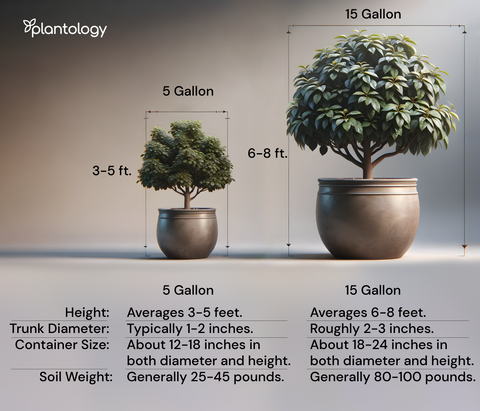
Free Shipping Over $150
Only $12 flat rate on orders under $150
Healthy Arrival Guarantee
Plants arrive healthy or we replace them free



